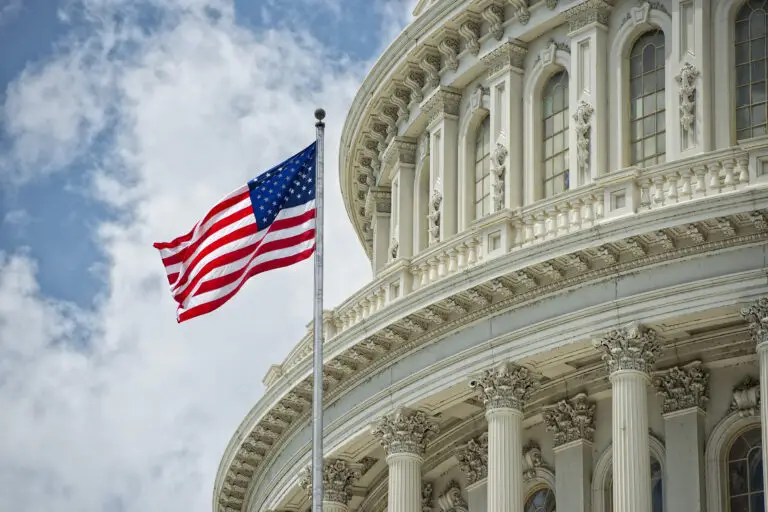When most people in the UK think about today’s U.S. election, it’s easy to solely focus on the Presidential race that has consumed most of the media attention. But for American voters, the ballot typically includes far more than just choosing the next President. Today, U.S. voters aren’t only selecting their head of state; they’re also deciding on a long list of other offices and issues. This mix of elections and referendums on a single day is quite different from how voting is typically handled in the UK, where elections are split into local and national levels, and referendums are rare.
Here’s a look at what’s actually on a U.S. ballot and why it’s such a massive task for voters.
How U.S. Elections are Organised
In the UK, elections are separated by level—local elections and national elections are held on different days, making each election more straightforward. In the U.S., however, all federal and state elections take place on the same day, set as the first Tuesday after the first Monday in November. This consolidated approach means American voters select candidates for multiple levels of government in one go, from the President and Congress to state legislature and governor to local school boards and city councils.
Each office has a different term length, so the mix of races on any ballot varies. For instance, the President is elected every four years, Senators every six years, and House Representatives every two years. In addition, voters might also be picking state governors, state legislators, district attorneys, judges and even the coroner in some areas!
Ballot Measures: Like a Mini-Referendum, But Part of Every Election
Adding to the complexity, American voters are often asked to weigh in on specific issues through “ballot measures” or “initiatives.” These can range from local matters, like raising a city’s income tax, to state-level questions, like changing the minimum wage or legalising marijuana. Unlike in the UK, where referendums are rare and separate from elections, these ballot measures are a regular part of U.S. elections.
For example, in this election:
• California voters are deciding whether to raise the statewide minimum wage to $18 an hour.
• Arizona voters will consider recognising abortion as a fundamental right in the state.
• Missouri will vote on legalising sports gambling.
• West Virginia voters will be considering euthanasia.
• Massachusetts will vote on legalising access to psychedelic drugs.
• Florida voters face constitutional amendments on legalising marijuana, securing the right to fish and hunt forever requiring the partisan election of school board members and protecting the right to an abortion in some cases.
Why Are Ballot Measures Added to Elections?
The thinking here is that turnout in U.S. elections tends to be lower on average, so combining ballot measures with high-profile elections, like the presidential race, encourages more people to vote. But unlike UK referendums, which generally receive significant attention and debate, U.S. ballot measures don’t always spark widespread campaigning or public awareness. Unless an issue is particularly high-profile—such as marijuana legalisation or abortion rights—voters might find themselves facing questions they’ve heard little about.
How Are Ballot Measures Written?
Another unique aspect of the U.S. ballot system is the way these measures are written, which varies by state.
For example, in California, the state’s attorney general drafts the language, ideally in neutral terms.
In states like Florida, however, the group sponsoring the measure writes the language, which is then reviewed by the state legislature. These differences mean the clarity of the wording can change from state to state, often leaving voters with questions about what a “yes” or “no” vote actually means. It also means partisan positioning. For instance, taking a closer look at the financial impact assessment accompanying the Florida ballot initiative relating to abortion, would suggest it is written in a way designed to sway in favour of the party in charge.
A Unique Democratic Approach
Ultimately, the U.S. election system shows the influence of localised input, where communities can shape policies that directly impact them. While there are benefits to combining referendums with local, statewide and national elections—like increased participation—the approach can be complex and daunting and not everyone has the time or resources to research each item on the ballot thoroughly.
For Brits watching from afar, it’s worth noting that while Americans may appear consumed by the presidential race, their ballots reflect the influence of localised input, where communities weigh in on decentralised policies and funding that directly affect their lives.





